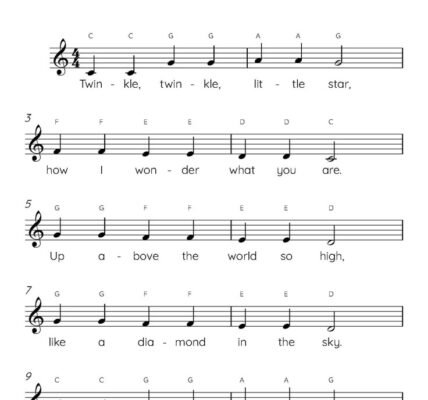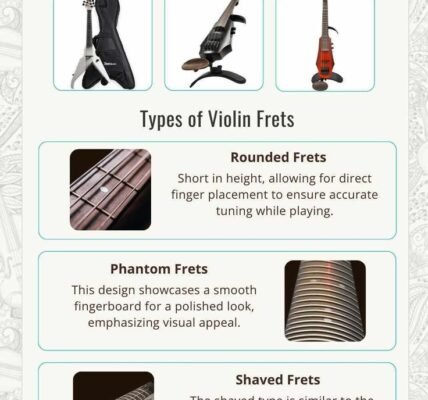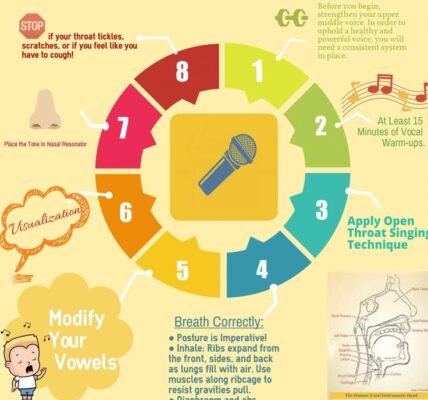Learning to play the fiddle can be both rewarding and challenging. This instrument, famous across genres like folk, classical, and bluegrass, demands a mix of technical skill and artistry. Whether you’re a complete beginner or aiming for professional-level mastery, the right strategies can accelerate your progress. Here are ten actionable tips to help you learn the fiddle efficiently and effectively.
1. Prioritize Proper Posture
Good posture is the foundation for successful fiddle playing. Holding the instrument incorrectly can lead to discomfort and hinder your progress.
- How to Hold the Fiddle: Rest the fiddle on your shoulder, angling it slightly down. Use a shoulder rest for added comfort and stability.
- Bow Grip: Your bowing hand should have a relaxed grip. The fingers need to curve naturally around the bow for smooth, controlled strokes.
- Upper Body Alignment: Sit or stand with your back straight but not stiff. Avoid slouching, as this disrupts your bowing and fingerwork.
Practicing in front of a mirror can help you ensure correct posture and avoid developing bad habits.
2. Develop a Consistent Practice Routine
Consistency is key in mastering any instrument, and the fiddle is no exception. Short, focused practice sessions are more effective than sporadic, lengthy ones.
- Schedule regular practice, aiming for at least 20–30 minutes daily.
- Break sessions into segments like warm-ups, scales, and specific pieces.
- Track your progress using a practice journal or app to stay motivated and organized.
By making practice a predictable part of your routine, you’ll see steady improvement over time.
3. Focus on Bowing Techniques Early
Bowing is one of the most critical aspects of fiddle playing. Mastering proper bow techniques can significantly improve your tone and rhythm.
- Start with open string exercises to gain control over your bow movement.
- Practice long, even strokes to develop tonal consistency.
- Work on bow pressure. Too little pressure produces a weak sound, while too much leads to squeaking.
To refine your bowing, use tools like the Bow Right Guide, which helps maintain proper bow angles.
4. Perfect Your Finger Placement
Accurate finger placement is essential for producing the correct pitch and tone.
- Begin with tape markers placed on the fingerboard to guide your positioning.
- Practice scales daily to familiarize yourself with key finger patterns.
- Train your ear by playing scales slowly, ensuring each note is in tune.
Apps like Pano Tuner can assist you in tuning and pitch accuracy while practicing.
5. Use Slow Practice for Complex Pieces
When learning a challenging tune or technique, practicing slowly is vital. Speed can come later, but first, you should focus on precision.
- Break the music into smaller sections and play them note by note.
- Gradually increase the tempo using a metronome, ensuring accuracy at each speed.
- Slow practice strengthens muscle memory and improves your ability to play fluidly.
6. Incorporate Modern Learning Tools
Taking advantage of digital resources can make learning more accessible and engaging.
- Explore apps like Trala and Violin Tutor, which offer lessons, feedback, and step-by-step guidance.
- Watch tutorial videos on platforms such as YouTube to expand your repertoire and learn diverse styles.
- Join virtual classes or communities to receive expert advice and tips.
Leveraging these tools allows you to supplement your traditional learning methods for faster improvement.
7. Play Along with Backing Tracks
Playing in time with others enhances your sense of rhythm and builds confidence. Backing tracks can replicate the experience of live accompaniment.
- Use platforms like iReal Pro or Audacity to find or create custom backing tracks.
- Adjust tempos to match your skill level as you bring your playing up to speed.
- Experiment with genres like bluegrass, Irish fiddle, and swing to improve your versatility.
This practice method makes your sessions more dynamic and ensures you’re learning to stay in time with other musicians.
8. Pay Attention to Dynamics and Expression
Mastering technical aspects is important, but so is conveying emotion and expression.
- Focus on dynamics (volume changes) to add texture to your performance. For example, play softly (piano) in one section and louder (forte) in another.
- Use vibrato to enhance the feeling of your notes once you’ve developed basic intonation.
- Learn bowing techniques like spiccato and legato to add variety to your playing style.
Listening to professional recordings and analyzing their phrasing can inspire new ideas for your interpretations.
9. Record Yourself and Review
Recording yourself during practice sessions is one of the fastest ways to identify areas needing improvement.
- Use your phone or a recorder to capture performances.
- Listen critically for issues with timing, pitch, or tone.
- Track your progress over time by saving recordings from different practice sessions.
Reviewing your own playing helps you become objective and self-aware, enabling corrective measures.
10. Stay Inspired and Set Goals
Fiddle mastery is a long-term endeavor, and maintaining motivation is crucial.
- Set both short-term and long-term goals, such as mastering a specific tune or learning vibrato.
- Attend live performances, or watch recordings of fiddle players you admire for inspiration.
- Participate in jam sessions, group classes, or local music events to meet fellow players and expand your perspective.
By maintaining a clear sense of direction and engaging with other musicians, you’ll keep your passion for learning alive.
Final Thoughts
Mastering the fiddle doesn’t happen overnight, but with the right strategies, you can shorten the learning curve. Prioritize proper posture, consistent practice, and focused techniques like bowing and finger placement. Incorporate modern tools, play with backing tracks, and bring dynamics into your performance to elevate your skills. Finally, record your progress and stay inspired by setting meaningful goals.
With patience, dedication, and these actionable tips, transitioning from beginner to pro is entirely within reach. Grab your bow, tune your strings, and start putting these tips into action today.





